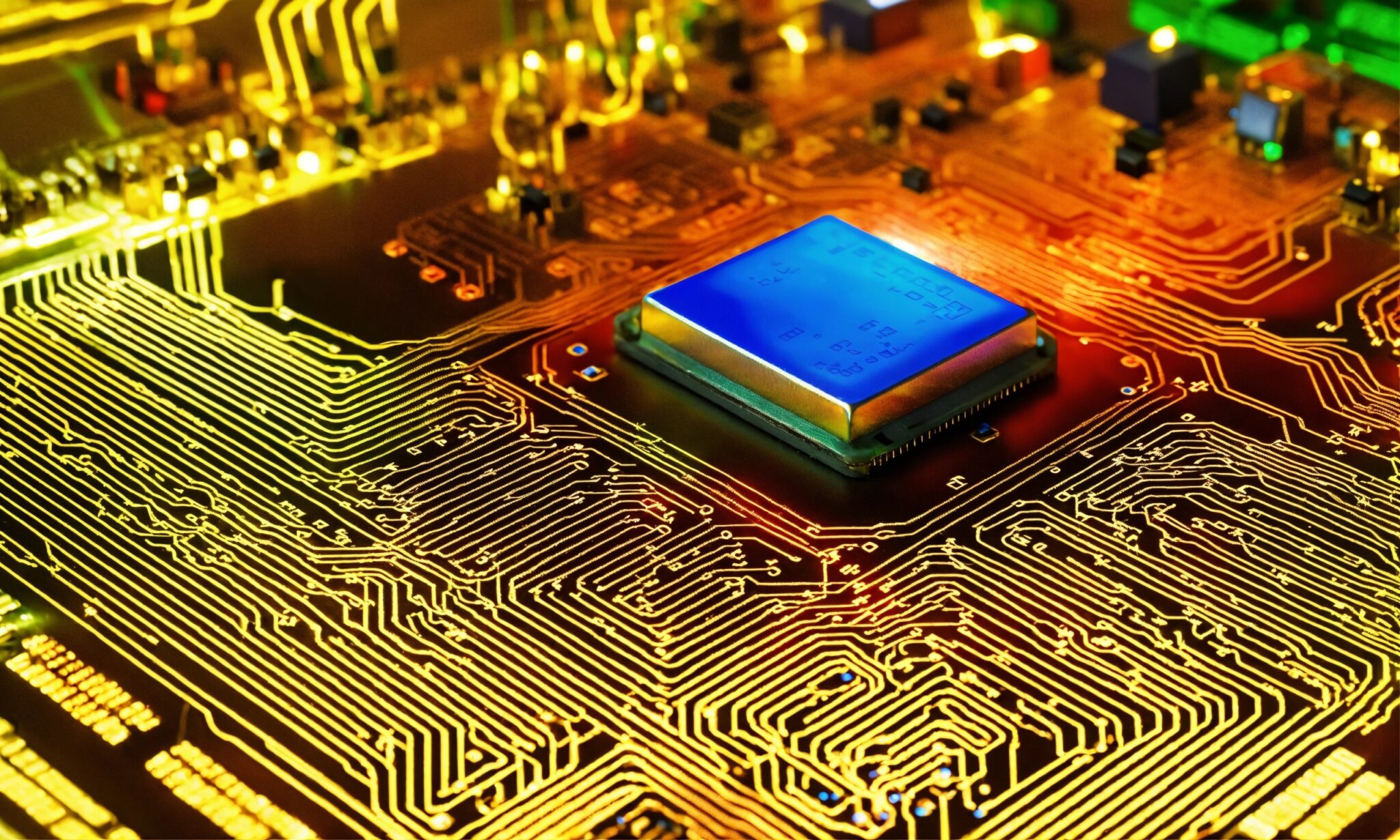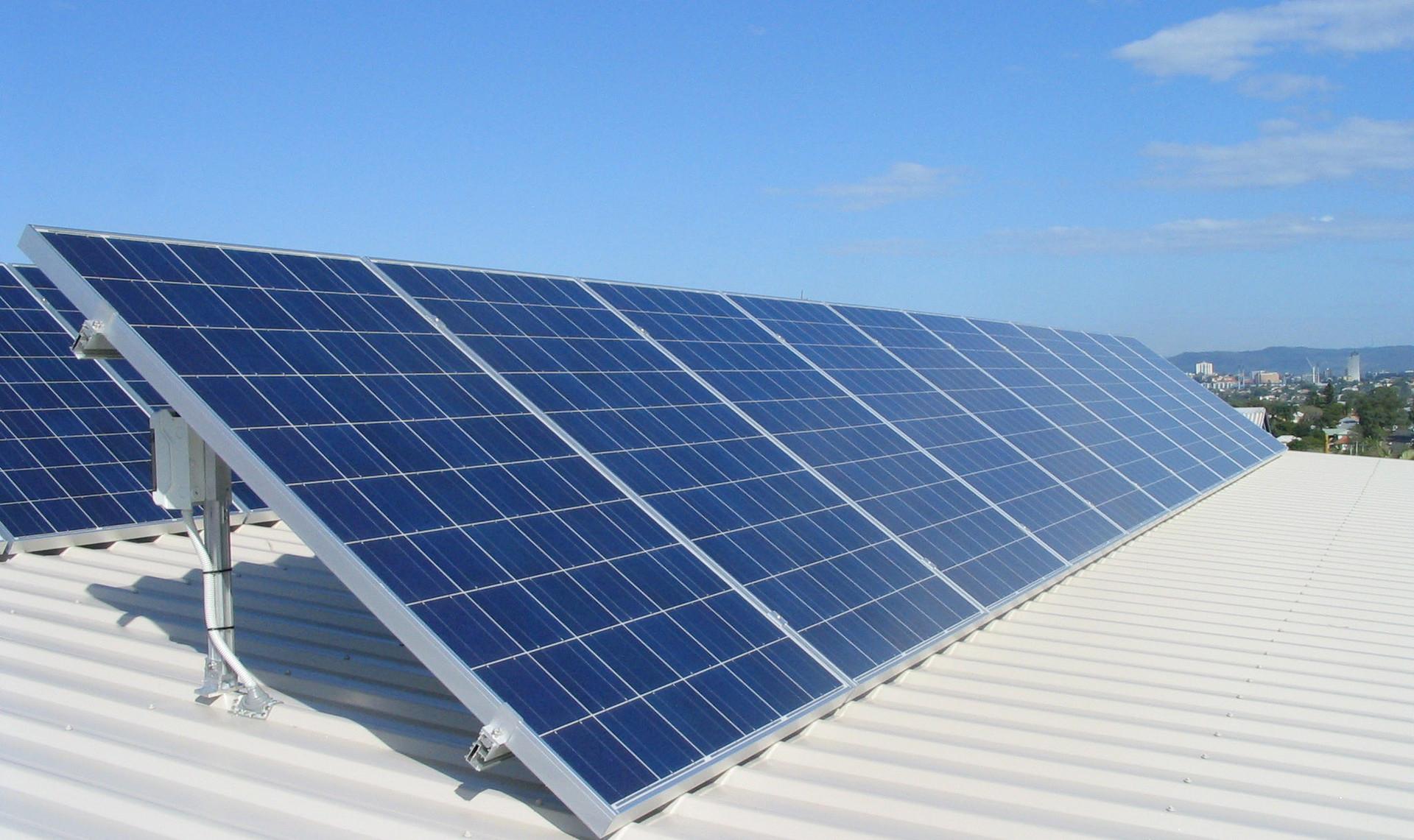The Power of DBC Ceramic Substrates: Revolutionizing High-Performance Electronics
(Direct Bonding Copper)
Article Summary:
DBC (Direct Bonded Copper) ceramic substrates, known for their exceptional thermal management and electrical performance, are becoming an essential component in high-power, high-temperature electronics across various industries. From electric vehicles to renewable energy, industrial automation, and consumer electronics, DBC ceramic substrates are increasingly in demand. This article delves into the working principle, key applications, benefits, and future trends of DBC ceramic substrates.

1. What Are DBC Ceramic Substrates?
Direct Bonded Copper (DBC) is a technology that directly bonds copper onto a ceramic substrate, typically using high-performance ceramic materials like aluminum nitride (AlN) or alumina (Al₂O₃). This structure provides the substrate with excellent thermal conductivity, electrical conductivity, and high-temperature resistance, making it an ideal material for electronic packaging in high-power and high-temperature environments.
- Basic Structure:
A DBC substrate typically consists of a copper electrode and a ceramic base. The copper layer is responsible for electrical connection, while the ceramic substrate manages heat dissipation and provides mechanical support. - Working Principle:
The copper is directly bonded to the ceramic surface, offering outstanding thermal conductivity and reducing electrical losses, which enhances the reliability and performance of electronic components.
2. Key Benefits of DBC Ceramic Substrates
2.1 Exceptional Thermal Management
One of the main advantages of DBC substrates is their superior thermal conductivity. Compared to traditional packaging materials, DBC substrates effectively dissipate heat generated by power electronic devices, ensuring stable operation under high-power conditions.
2.2 High Power Handling Capacity
DBC ceramic substrates are capable of handling high-power applications, commonly used in power modules, inverters, and other high-power electronic systems.
2.3 High-Temperature Stability
The ceramic materials used in DBC substrates are highly resistant to heat, making them ideal for extreme operating conditions where traditional materials would fail.
2.4 Reliability and Longevity
Due to their excellent thermal management and electrical properties, DBC ceramic substrates significantly improve the long-term stability and reliability of electronic components, extending the lifespan of devices.
3. Main Applications of DBC Ceramic Substrates
3.1 Electric Vehicles (EV)
With the rapid growth of the electric vehicle market, the demand for power modules and battery management systems has surged. DBC ceramic substrates are crucial in EV drive systems, battery management, and charging modules due to their efficient thermal management capabilities.
3.2 Renewable Energy
In solar and wind power generation, inverters are key components, and their performance directly affects energy conversion efficiency. DBC ceramic substrates are widely used in inverters, offering robust heat dissipation and electrical performance to ensure stable operation.
3.3 Industrial Automation
In industrial automation, electric motors and servo drive systems require high-power drivers and power modules. DBC substrates, with their high power and thermal management capabilities, are integral in these high-power drive systems.
3.4 LED and Laser Lighting
DBC ceramic substrates are used in LED power supplies and laser lighting systems. Their excellent heat dissipation improves the stability and longevity of lighting sources.
3.5 Aerospace and Military
In aerospace and military applications, electronic devices must withstand extreme temperatures, vibrations, and electromagnetic interference. DBC ceramic substrates, with their durability and high-temperature tolerance, are the ideal choice for electronic component packaging in these industries.
4. Market Outlook for DBC Ceramic Substrates
With the increasing demand for efficient, energy-saving, and high-performance electronic devices, the market for DBC ceramic substrates is set for growth. Particularly in electric vehicles, renewable energy, and industrial automation, DBC substrates are becoming an indispensable material.
4.1 Growth in the Electric Vehicle Industry
The widespread adoption of electric vehicles is driving the need for high-power electronic components and modules. DBC ceramic substrates, as key thermal management solutions, will continue to see greater demand in the coming years.
4.2 Push for Green Energy
Solar, wind, and energy storage systems require efficient power conversion and management solutions. With their excellent thermal conductivity and high power handling capabilities, DBC substrates will play an increasingly important role in green energy applications.
4.3 5G and Smart Manufacturing
As 5G networks expand and smart manufacturing advances, the demand for efficient heat management and high-performance packaging materials grows. DBC ceramic substrates will play a key role in these technological developments.
 5. How to Choose the Right DBC Ceramic Substrate?
5. How to Choose the Right DBC Ceramic Substrate?
When selecting the right DBC ceramic substrate, customers should consider several factors:
- Thermal Conductivity Requirements: Choose the appropriate ceramic material (e.g., aluminum nitride, alumina) based on the specific application needs.
- Power Handling Capacity: Ensure the substrate can handle the required current and power levels for the application.
- Size and Customization: Select the right size based on the electronic device requirements, with customized solutions if necessary.
- Long-Term Stability and Reliability: Choose high-quality DBC substrates to ensure long-term reliability and performance under high-power, high-temperature conditions.
6. Conclusion: The Future of DBC Ceramic Substrates
As electronic technology advances and the demand for high-performance devices increases, DBC ceramic substrates will continue to play a crucial role in various industries. Whether in electric vehicles, industrial automation, renewable energy, or aerospace and military applications, DBC substrates demonstrate vast potential.
If you’re interested in learning more about DBC ceramic substrates or need a customized solution for your application, feel free to reach out to us. Let’s explore how DBC substrates can optimize your high-performance electronic systems!

Closing Note: We hope this article provides you with valuable insights into the technology, benefits, and applications of DBC ceramic substrates. If you have any questions or would like to discuss further, feel free to leave a comment or contact us.
 GIM
GIM


 5.
5.